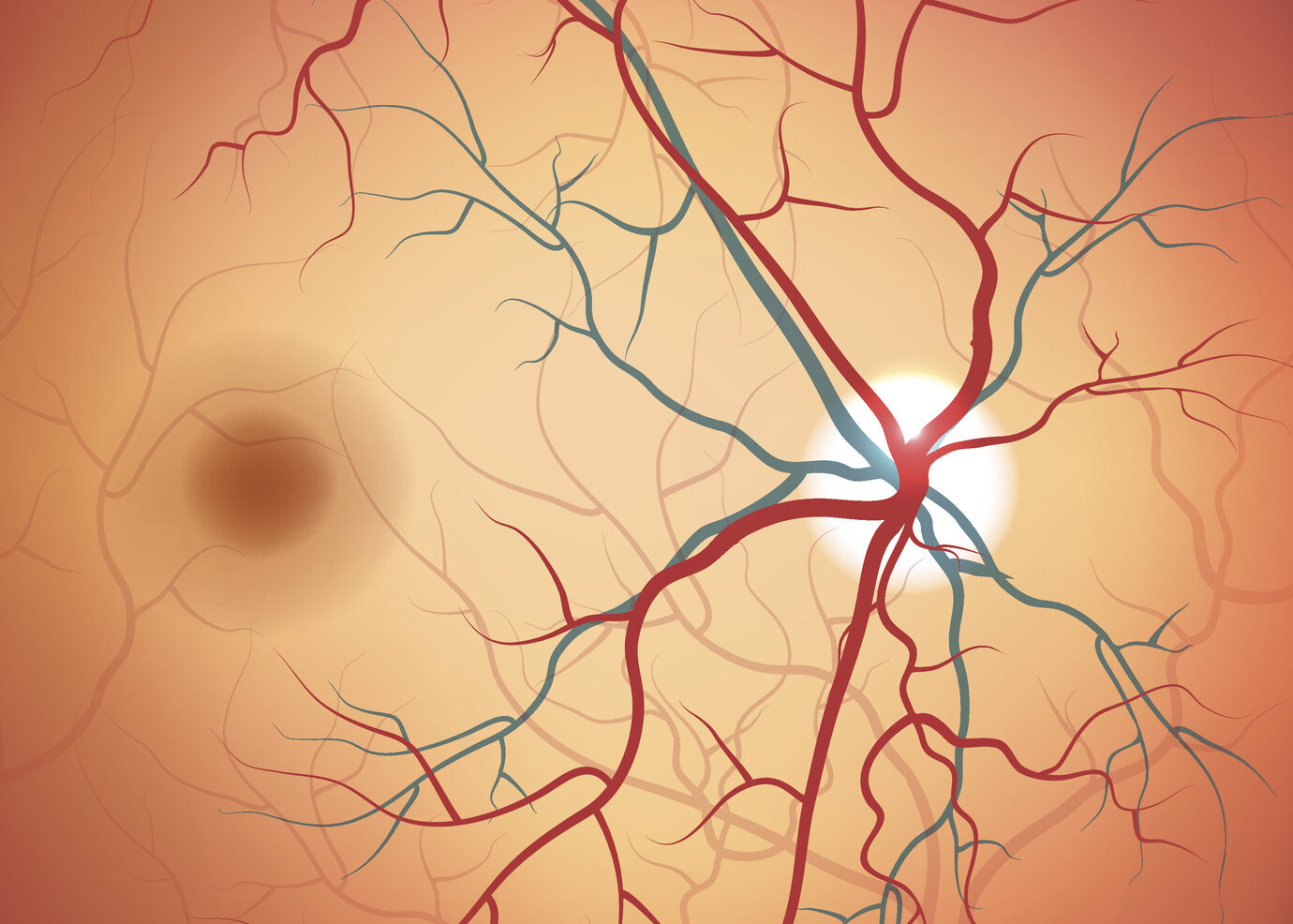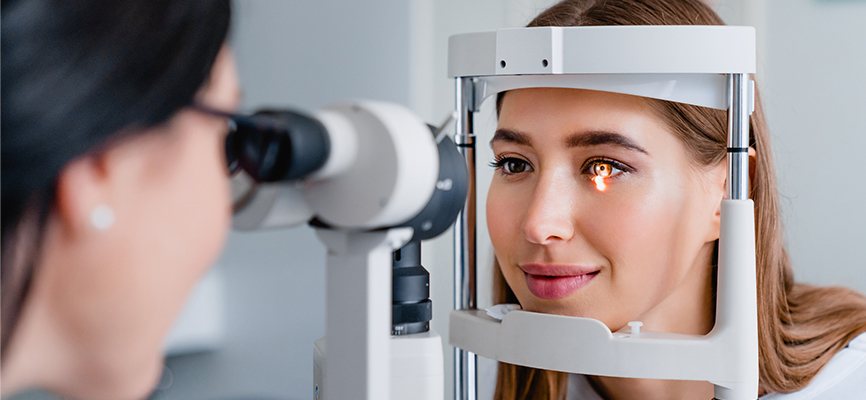
Therapeutic Areas

Retinal Diseases
Retinal diseases constitute a group of conditions that affect the retina – a thin layer of tissue that lines the back of the eye. The retina contains millions of light-sensitive rods, cones, and other nerve cells that are responsible for receiving and organizing visual information.1

Glaucoma
Glaucoma refers to a family of eye disorders that cause damage to the optic nerve – an essential part of the eye responsible for transmitting visual information to the brain.2,3 The damage caused by glaucoma is irreversible and is most commonly due to abnormally high intraocular pressure (IOP).2,4,5 The disease is an incurable cause of vision loss that exists as two major types: open- or closed-angle glaucoma based on how it affects the anatomy of the anterior chamber of the eye.2,3

Ocular Surface Diseases
The ocular surface is essential for vision and provides the main refractive surface that bends light as it enters the eye allowing clear sight. It is comprised of the outer front layers of the eye and the structures surrounding it which include the cornea, conjunctiva, lacrimal glands, meibomian glands, and tear film.6 Ocular surface diseases (OSDs) are a family of disorders that affect these structures and represent a leading cause of patient visits to the eye doctor.7,8 Dry eye disease and allergic conjunctivitis are the most common OSDs, with the potential to severely impact patients’ quality of life.9

Ophthalmic Surgery
Surgery is a common approach ophthalmologists use to treat different disorders of the eye. Approximately 9.1 million ocular surgeries were performed in the United States in 2021.10 Among all ocular surgeries performed in the US, 4.6 million were represented by cataract surgery making it the most common eye surgery.10 Other ocular surgeries commonly performed could be for refractive errors, glaucoma or retinal diseases.10
REFERENCES: 1. Masland RH. Neuron. 2012;76(2):266-280. 2. National Eye Institute. Types of Glaucoma. Updated September 10, 2021. Accessed November 15, 2022. https://www.nei.nih.gov/learn-about-eye-health/eye-conditions-and-diseases/glaucoma/types-glaucoma. 3. Weinreb RN, et al. JAMA. 2014;311:1901-11. 4. Tham YC, et al. Ophthalmology. 2014;121(11):2081-2090. 5. Wang T, et al. Front Pharmacol. 2021;12:749858. 6. Gipson IK. Invest Ophthalmol Vis Sci. 2007;48(10):4390-4398. 7. Scott CA, et al. American Optometric Association. Care of the Patient with Ocular Surface Disorders. Updated December, 2010. Accessed December 20, 2022. https://bit.ly/3SAUpA5. 8. Leung EW, et al. J Glaucoma. 2008;17(5):350-355. 9. Leonardi A, et al. Ocul Immunol Inflamm. 2021;29(6):1168-1176. 10. Data on File 01463. Ocular Therapeutix, Inc.